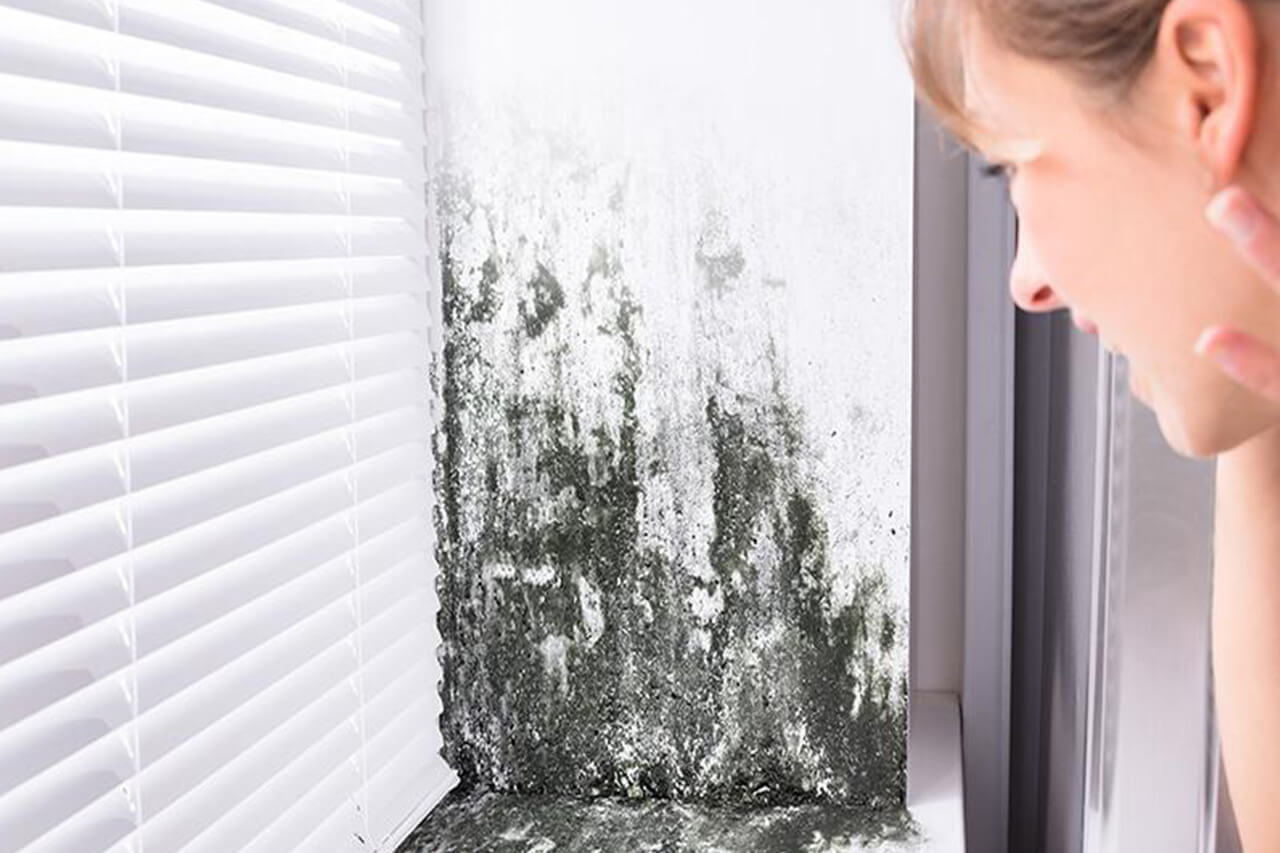External Hard Drive Data Recovery: Your Ultimate Guide to Saving Precious Data
In today’s digital age, external hard drives have become indispensable for storing vast amounts of data. Whether it’s important work documents, cherished family photos, or your favorite music collection, these devices hold invaluable information. But what happens when disaster strikes and you lose access to your files? This is where external hard drive data recovery becomes crucial.
Understanding External Hard Drive Data Recovery
Sometimes things on our computer hard drive get lost, messed up, or hidden. This can happen by accident, like forgetting to save something, or because of a glitch. Data recovery is like a magic trick for your computer! It helps find and bring back those lost, messed up, or hidden things on your hard drive, so you don’t lose your important pictures, videos, or documents.
Common Causes of Data Loss
Understanding why data loss occurs can help you prevent it in the future. Some of the most common reasons include:
- Accidental Deletion: We’ve all been there—accidentally deleting important files and emptying the recycle bin.
- Physical Damage: Drops, spills, and other accidents can physically damage the hard drive, making data inaccessible.
- Software Corruption: Viruses, malware, and corrupted files can render data unreadable.
- Power Failures: Sudden power outages can disrupt the writing process, leading to data loss.
Steps for External Hard Drive Data Recovery
When faced with data loss, follow these steps to maximize your chances of successful Restoring data from external hard drive:
- Stop Using the Drive: Continuing to use the drive can overwrite the data, making recovery more difficult.
- Check Connections: Ensure all cables are properly connected and the drive is receiving power.
- Use Recovery Software: There are several reputable external hard drive data recovery software options available. These programs can scan your drive and recover lost files.
- Seek Professional Help: If the drive is physically damaged or software recovery fails, it’s best to consult a professional data recovery service.
Choosing the Right Data Recovery Software
There are numerous software options available for Restoring data from external hard drive. Some of the most popular include:
- EaseUS Data Recovery Wizard: Known for its user-friendly interface and powerful recovery capabilities.
- Recuva: A free option that is easy to use and effective for basic recovery needs.
- Disk Drill: Offers comprehensive scanning and recovery options for various file types.
When selecting software, consider factors such as ease of use, recovery success rate, and customer reviews.
Preventing Future Data Loss
While external hard drive data recovery can save the day, it’s always better to prevent data loss in the first place. Here are some tips to keep your data safe:
- Regular Backups: Regularly back up your data to multiple locations, including cloud storage and other external drives.
- Use Reliable Hardware: Invest in high-quality external hard drives and handle them with care.
- Update Software: Keep your operating system and antivirus software up to date to protect against malware and corruption.
When to Call a Professional
If your …








